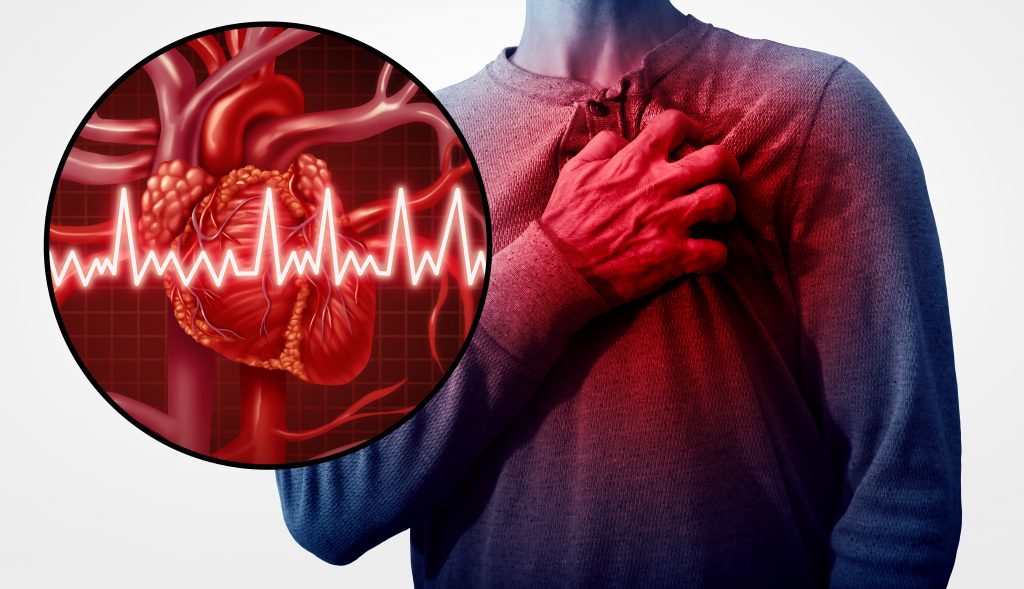Arq. Bras. Cardiol. 2021; 116(2): 332-333
Beyond CHA2DS2-VASc for Predicting the Risk of Thromboembolism and Stroke – Not That Simple!
This Short Editorial is referred by the Research article "Value of left atrial diameter with CHA2DS2-VASc score in predicting left atrial/left atrial appendage thrombosis in non-valvular atrial fibrillation".
Ischemic stroke can result from a variety of causes, such as atherosclerosis of the cerebral circulation, occlusion of cerebral small vessels, and cardiac embolism. Of these causes, cardioembolic stroke has a particular significance because cardiac embolism causes more severe strokes than other ischemic stroke subtypes. In about 20% of patients who have had ischemic stroke, a major risk cardiac source, such as atrial fibrillation (AF) and/or left ventricular thrombi, is identified. Thus, assessing the presence of AF, and the risk of thromboembolism associated to cardiac lesions play a key role in stroke prevention.
Age, male gender, hypertension, diabetes mellitus, valvular heart disease, congestive heart failure, coronary heart disease, chronic kidney disease, inflammatory disorders, sleep apnea, and tobacco use have all been established as risk factors for both AF and stroke. However, it may be that other atrial factors besides AF can result in thromboembolism, and in some cases, AF may be a lagging marker of these other thrombogenic atrial abnormalities. AF often occurs in the setting of atrial abnormalities such as mechanical dysfunction in the left atrial appendage. These abnormalities of atrial substrate have recently been associated with stroke risk independently of AF. The CHA2DS2-VASc (congestive heart failure, hypertension, age ≥ 75 years, diabetes mellitus, stroke or transient ischemic attack (TIA), vascular disease, age 65 to 74 years, sex category) score is a validated tool to predict the risk of stroke and systemic emboli in patients with non-valvular atrial fibrillation and has been widely used to guide clinical practice.–
[…]
5,868

